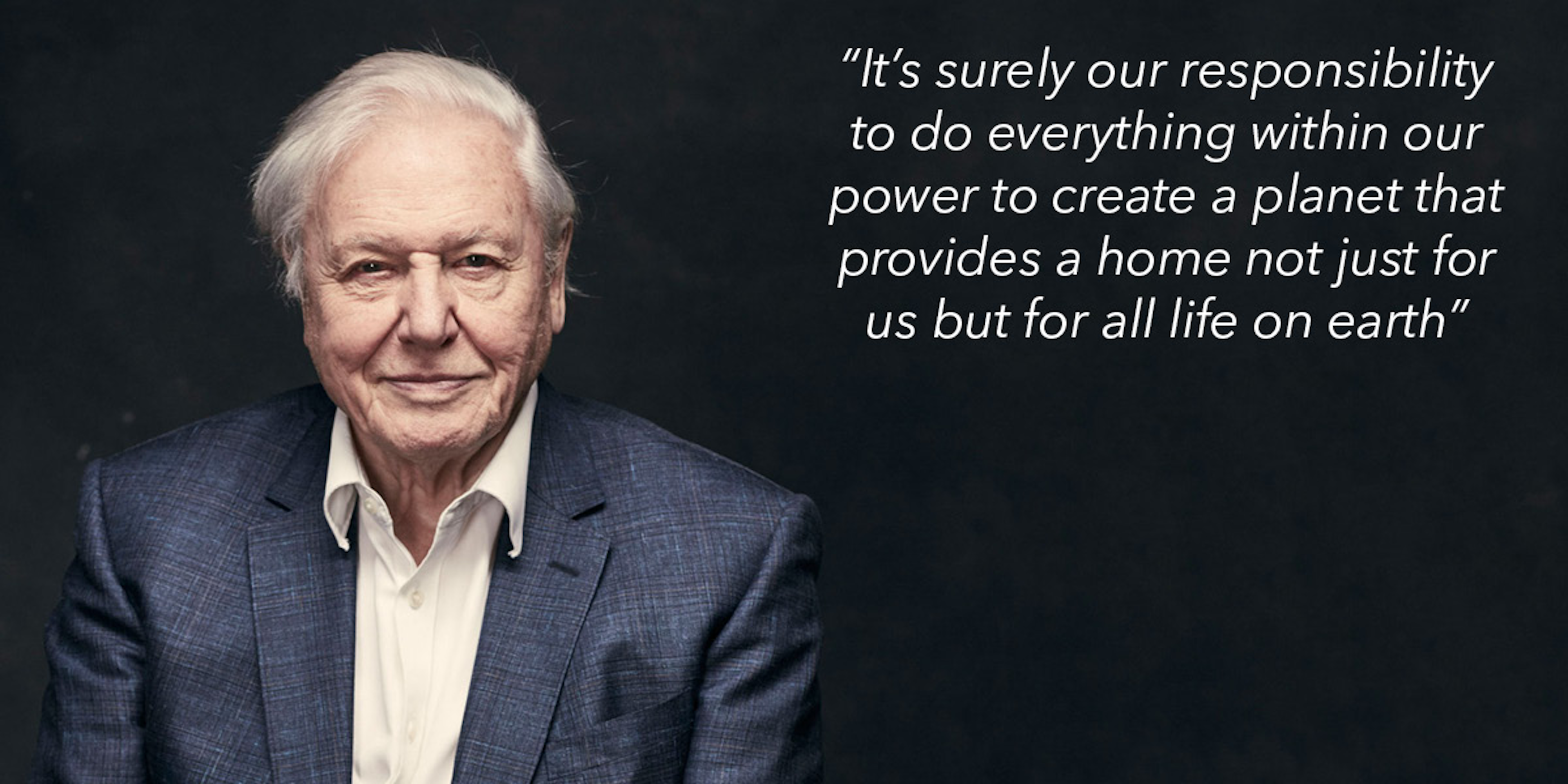If you were one of 9.2 million people who have been enjoying the Planet Earth 2 series then you might be wondering how we can take heed of the lessons learned in the last part of the series. In the final chapter about the world’s cities, urban areas the world over are studied to see how nature interacts with the concrete jungle.
Some examples of animals that have been able to adapt to this change:
- The landscape of New York with its tall buildings provide perches perfect for peregrine falcons to catch wind similar to that of their natural mountainous environment
- Similarly, Racoons like the height of rooftops in Toronto
- Cities are often warmer by several degrees this extra heat can attract some animals such as starlings in Rome

Cities change quickly and animals adapt or disappear for example increased light levels has led to worrying effects on turtle hatchlings that use the moon as a guide towards sea. Now the city lights confuse them, opening them up to risk of predators, cars in the city centre, or getting trapped in storm drains.
The urban environment is here to stay, how can we lessen its impact? Sir David Attenborough draws some startling conclusions about our urban environment.


Here at Viritopia we are thrilled with this impactful finish to the Planet Earth 2 series. We've long campaigned for more living walls on the sides of our cities buildings, green roofs on top of them and even, more plants inside buildings. Our aim is to bring the natural world back and restore the connection between humans and nature. There has never been a better time for architects and urban planners to take heed to the lessons of this outstanding programme. With more than half of the human race living in cities, we hope that the impact of this new way of thinking will change many lives in the future.
Living walls have the potential to increase residential and commercial property value and can also help secure planning permission. They can improve the environmental performance of a building and soften newly built houses.




